Independence Day in India is more than just a national holiday; it is a day steeped in deep historical significance and patriotic fervour. It commemorates the nation's hard-fought freedom from British rule, a struggle marked by immense sacrifices and unyielding determination. For those looking to celebrate this day in a meaningful way, visiting historical sites that played pivotal roles in India’s independence movement can provide a profound sense of connection to the past. This special feature highlights some of the most significant sites across India that are ideal for an Independence Day visit.
1. Cellular Jail, Andaman and Nicobar Islands
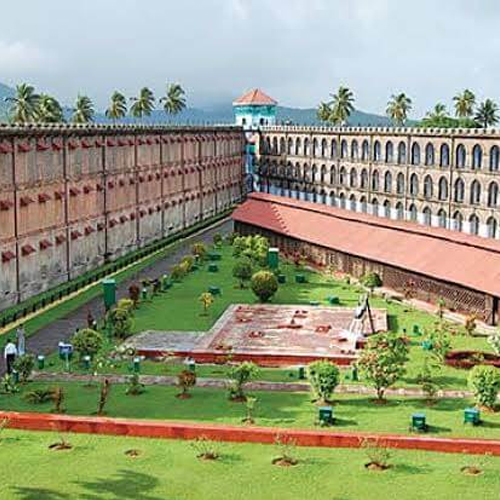
One of the most notorious symbols of British oppression, the Cellular Jail in the Andaman and Nicobar Islands is a place of immense historical importance. Often referred to as "Kala Pani" (black waters), this prison was used by the British to exile and imprison Indian freedom fighters. Leaders like Vinayak Damodar Savarkar and Batukeshwar Dutt were among the many who suffered under the harsh conditions imposed by their captors.
The name "Kala Pani" itself reflects the fear and taboo associated with the sea, as crossing the ocean was considered a great dishonor in Indian culture at the time. The prison was designed to isolate inmates, both physically and mentally, by cutting them off from the mainland and any form of communication with their loved ones. The prisoners were subjected to inhumane treatment, forced into hard labor, and deprived of basic human rights.
Today, the Cellular Jail stands as a National Memorial, reminding visitors of the sacrifices made by those who fought for India's freedom. The site includes a museum, art gallery, and a light and sound show that narrates the story of India's struggle for independence. Visiting this site on Independence Day is a poignant reminder of the price that was paid for the nation’s freedom.
2. Jallianwala Bagh, Amritsar
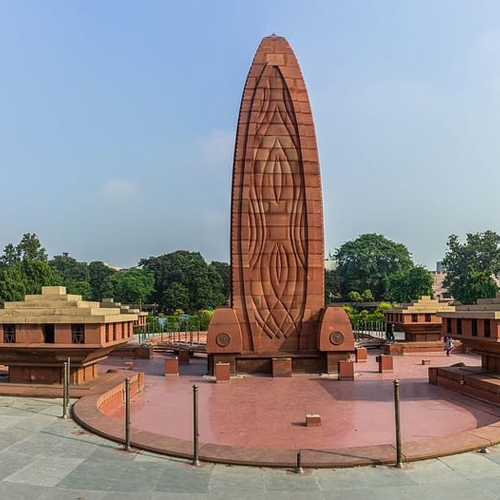
Jallianwala Bagh in Amritsar is the site of one of the most tragic events in Indian history. On April 13, 1919, British troops, under the command of General Dyer, opened fire on a peaceful gathering of men, women, and children who had assembled to protest against the oppressive Rowlatt Act. The massacre resulted in the deaths of hundreds of unarmed civilians and left deep scars on the national psyche.
The bullet marks on the walls and the Martyrs’ Well, where many people jumped to escape the bullets, stand as grim reminders of the brutality of colonial rule. The site now houses a memorial that commemorates the lives lost during this dark chapter in history.
Visiting Jallianwala Bagh on Independence Day offers a solemn opportunity to pay homage to those who died for India’s freedom. It serves as a powerful reminder of the atrocities that were committed and the resilience of the Indian people in the face of such oppression.
3. Sabarmati Ashram, Ahmedabad
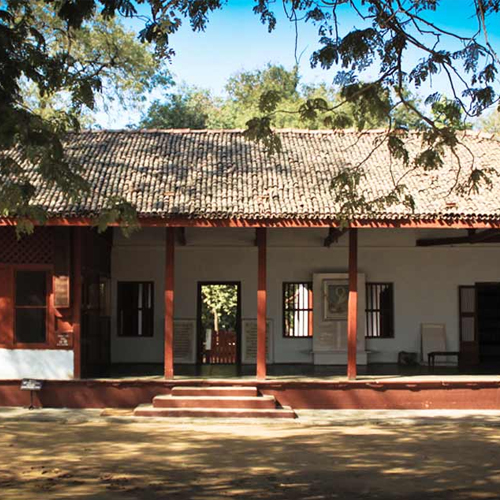
Sabarmati Ashram, located in Ahmedabad, Gujarat, was the residence of Mahatma Gandhi, the leader of the Indian independence movement, from 1917 to 1930. The ashram served as the nerve center of Gandhi's nonviolent struggle against British rule. It was from here that Gandhi launched the Dandi March, also known as the Salt Satyagraha, in 1930, a pivotal event in India’s freedom movement.
The ashram is now a museum that provides insight into Gandhi's life, philosophy, and the simplicity with which he lived. Exhibits include his personal belongings, letters, and photographs, offering visitors a glimpse into the life of the man who led India to freedom through peaceful means.
A visit to Sabarmati Ashram on Independence Day is a deeply moving experience, allowing one to reflect on the power of nonviolence and the enduring legacy of Gandhi's teachings. It is a place where the spirit of independence is palpable, inspiring visitors to uphold the values of truth and justice.
4. Aga Khan Palace, Pune
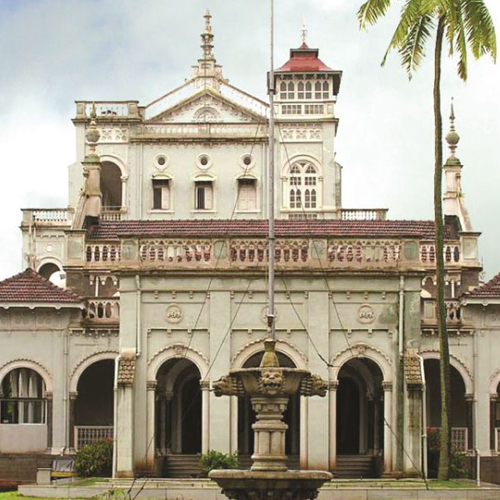
The Aga Khan Palace in Pune is another significant site in India's independence history. Built in 1892 by Sultan Muhammed Shah Aga Khan III, the palace gained historical prominence when it became the place of internment for Mahatma Gandhi, his wife Kasturba Gandhi, and his secretary Mahadev Desai during the Quit India Movement in 1942.
The palace is now a museum that houses photographs, memorabilia, and personal items of Gandhi and his fellow freedom fighters. The samadhis (memorials) of Kasturba Gandhi and Mahadev Desai are also located within the palace grounds.
The Aga Khan Palace is a serene and reflective place, making it an ideal location to visit on Independence Day. It allows visitors to connect with the personal sacrifices of those who fought for India's freedom and to honor their memory in a meaningful way.
5. Red Fort, Delhi
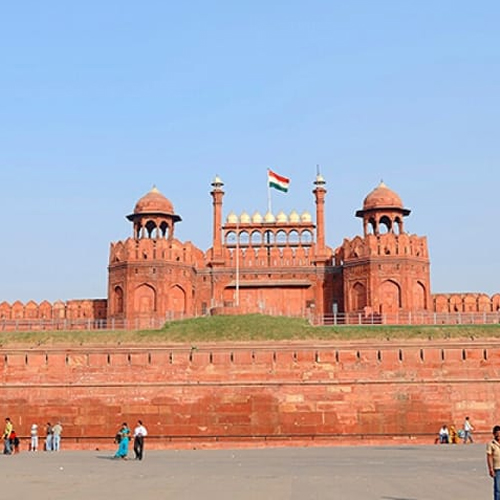
The Red Fort in Delhi is arguably the most iconic symbol of India’s independence. It was here, on August 15, 1947, that India’s first Prime Minister, Jawaharlal Nehru, raised the national flag and declared the country’s independence from British rule. The fort, which was originally built by Mughal Emperor Shah Jahan in the 17th century, has since become a symbol of India’s sovereignty and pride.
Every year on Independence Day, the Prime Minister hoists the national flag at the Red Fort, followed by a speech that is broadcast across the nation. The fort itself is a UNESCO World Heritage Site, known for its stunning architecture and historical significance.
Visiting the Red Fort on Independence Day is a deeply patriotic experience. It offers a chance to witness the annual flag-raising ceremony and to immerse oneself in the history and grandeur of the site that played such a crucial role in India’s journey to freedom.
6. India Gate, Delhi
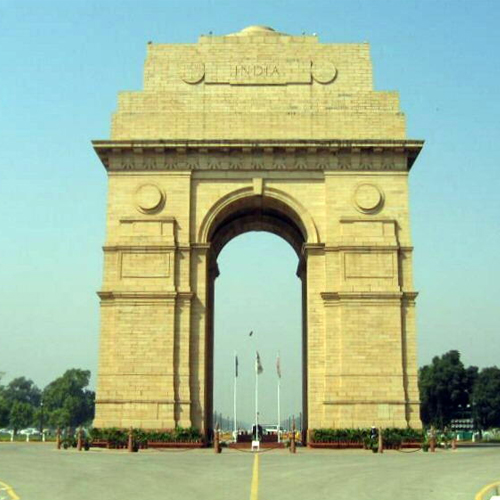
India Gate is a war memorial located in the heart of Delhi, dedicated to the Indian soldiers who lost their lives during World War I and the Third Anglo-Afghan War. The monument, designed by Sir Edwin Lutyens, is a tribute to the bravery and sacrifice of the soldiers who fought for the British Indian Army.
Beneath the arch of India Gate burns the Amar Jawan Jyoti, an eternal flame that honors the unknown soldiers who died in service to the nation. The monument has become a symbol of national pride and is a popular site for visitors, especially on Independence Day.
A visit to India Gate on this day is a tribute to the countless soldiers who laid down their lives for the country. It serves as a reminder of the sacrifices made not only during the struggle for independence but also in the defense of the nation’s sovereignty.
7. Netaji Bhawan, Kolkata
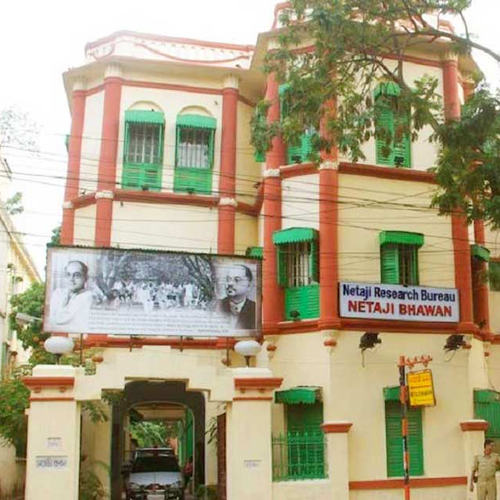
Netaji Bhawan in Kolkata is the ancestral home of Subhas Chandra Bose, one of the most prominent leaders of India’s independence movement. Bose, also known as Netaji, was a key figure in the fight against British rule, known for his leadership of the Indian National Army (INA) and his efforts to secure India’s freedom through military means.
The house is most famous for being the site of Netaji's daring escape from house arrest in 1941, an event that became legendary in India’s struggle for independence. Today, the house has been converted into a museum, library, and research center, dedicated to the life and legacy of Bose.
Visiting Netaji Bhawan on Independence Day offers a unique opportunity to delve into the life of one of India’s most dynamic leaders. It is a place that inspires courage and determination, reflecting the indomitable spirit of a man who dedicated his life to the cause of freedom.
8. Raj Ghat, Delhi
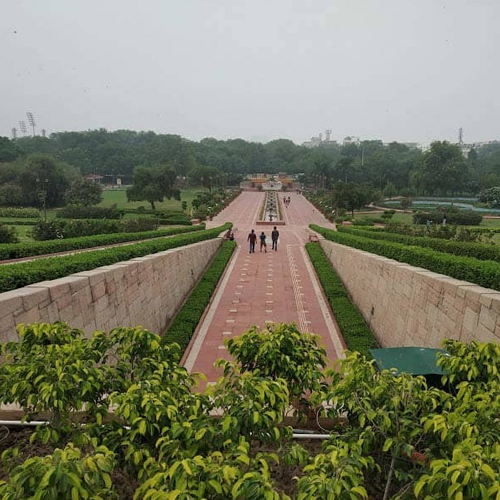
Raj Ghat in Delhi is the memorial site of Mahatma Gandhi, marking the spot where he was cremated on January 31, 1948. The memorial is a simple black marble platform with an eternal flame burning at one end, symbolizing the everlasting influence of Gandhi’s teachings.
Raj Ghat is a place of peace and reflection, attracting visitors from all over the world who come to pay their respects to the "Father of the Nation." The surrounding gardens and the tranquil atmosphere make it an ideal location to visit on Independence Day.
A visit to Raj Ghat on this day is a solemn reminder of Gandhi’s contributions to India’s freedom and a chance to reflect on the principles of nonviolence, truth, and justice that he championed.
9. Chauri Chaura, Uttar Pradesh
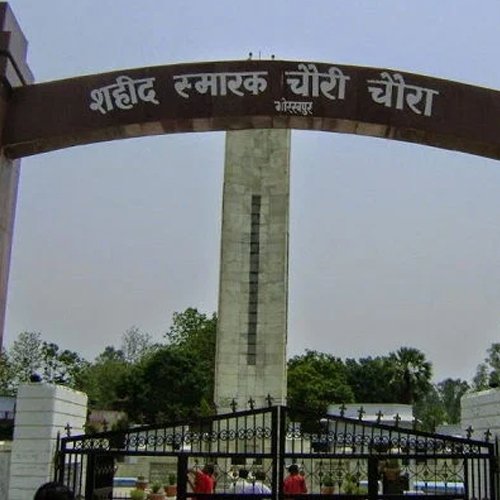
The small town of Chauri Chaura in Uttar Pradesh is relatively lesser-known, but it played a critical role in India's independence movement. On February 4, 1922, a violent incident occurred here that led to significant repercussions for the Indian struggle for freedom. Following a peaceful protest by the local populace against British economic policies, the situation escalated when the protestors were fired upon by the police. In retaliation, the protesters set fire to a police station, resulting in the deaths of 22 policemen.
This incident profoundly impacted Mahatma Gandhi, who was leading the Non-Cooperation Movement at the time. Disturbed by the violence, Gandhi decided to call off the movement, believing that the Indian people were not yet ready to adhere to his principle of nonviolence. The Chauri Chaura incident marked a turning point in the freedom struggle, illustrating the deep-rooted anger and frustration among the Indian populace towards British rule.
Today, Chauri Chaura is commemorated with a memorial that honors both the protesters and the policemen who lost their lives. Visiting this site on Independence Day provides insight into the complexities of the freedom movement and the challenges faced by its leaders in maintaining nonviolent resistance.
10. Vijay Ghat, Delhi

Vijay Ghat is the memorial dedicated to Lal Bahadur Shastri, India’s second Prime Minister, who played a crucial role during the country’s early years of independence. Mr. Shastri, known for his slogan "Jai Jawan Jai Kisan" (Hail the Soldier, Hail the Farmer), was a leader who emphasized self-reliance and national pride. His leadership during the Indo-Pakistan War of 1965 was marked by his firm resolve and commitment to safeguarding India's sovereignty.
Mr. Shastri's untimely death in 1966 remains shrouded in mystery, but his contributions to the nation are remembered with great respect. Vijay Ghat, located near Raj Ghat in Delhi, is a serene and understated memorial that reflects Shastri's simplicity and dedication to the nation.
Visiting Vijay Ghat on Independence Day is an opportunity to pay tribute to a leader who played a pivotal role in shaping post-independence India. It serves as a reminder of the importance of leadership, integrity, and the values that continue to guide the nation.
Conclusion
India’s independence was achieved through the sacrifices and struggles of countless individuals who fought tirelessly for the nation’s freedom. Visiting these historical sites on Independence Day not only honors their memory but also provides a deeper understanding of the country’s rich history and cultural heritage. As we explore these landmarks, let us remember the words of Jawaharlal Nehru, “At the stroke of the midnight hour, when the world sleeps, India will awake to life and freedom,” and cherish the hard-won liberty that we enjoy today.
Images- nomadicweekends.com, amritsartourism.org.in, ahmedabadtourism.in, mkgandhi.org,afar.com, tourmyindia.com kolkatatourism, bharatdirectory.in, pixabay.com

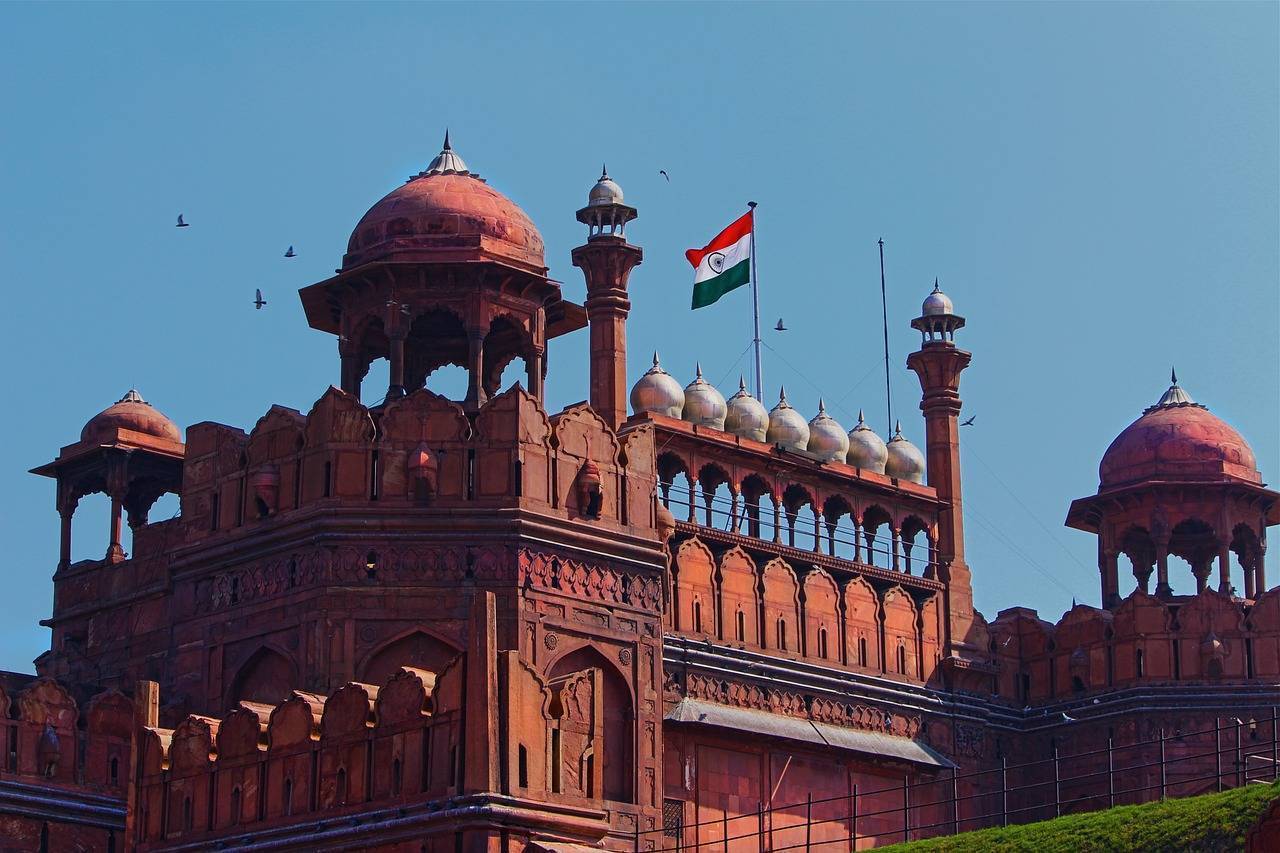





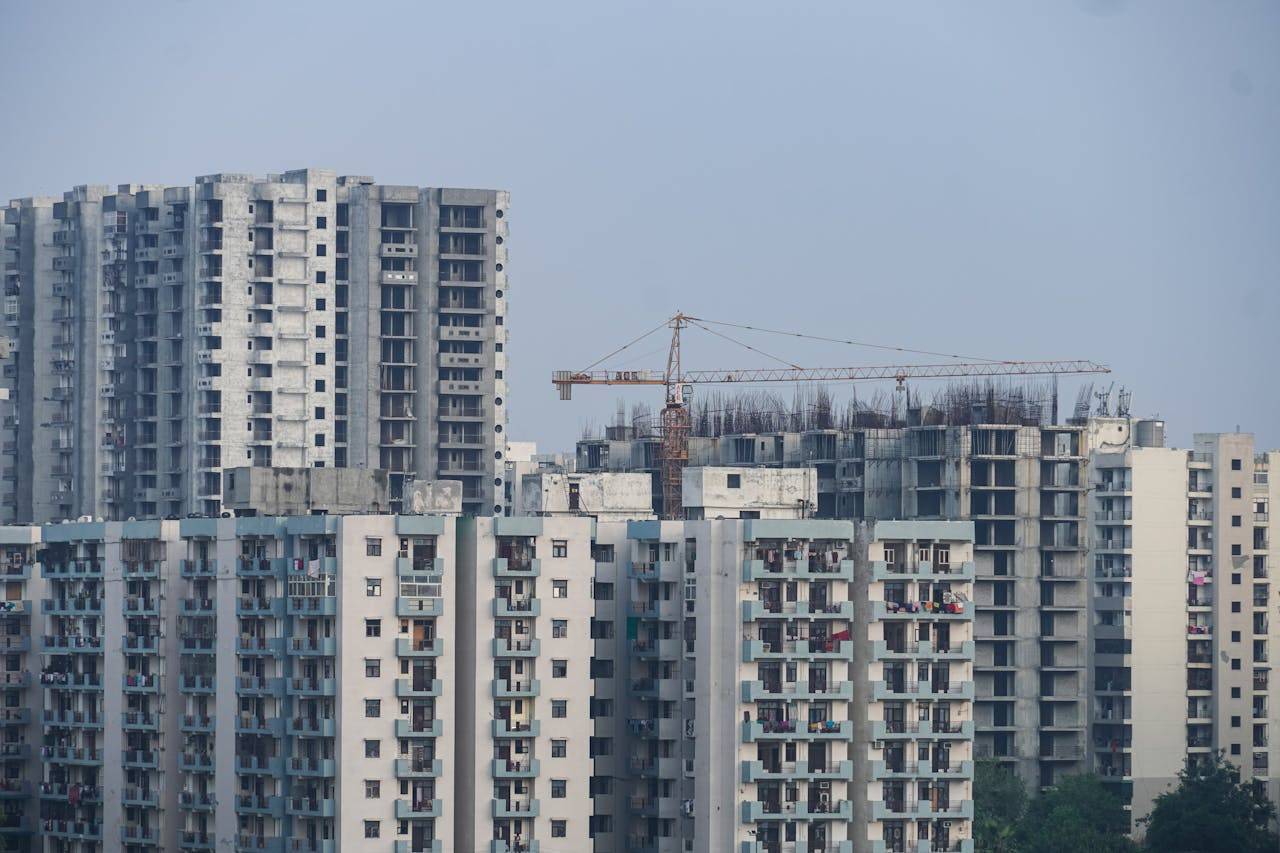

.png)